Description
“Handwriting Made Easy” typically refers to methods, practices, or resources designed to help individuals improve their handwriting skills. Whether you’re a student learning to write or an adult aiming to refine your penmanship, here are some steps and tips to make handwriting easier:
### 1. **Proper Posture and Grip**
– Sit up straight with your feet flat on the floor.
– Hold the pen or pencil comfortably. The most common grip is the “tripod grip,” where the pen rests between the thumb and index finger, with the middle finger supporting it.
### 2. **Start with Basic Strokes**
– Begin by practicing basic shapes like loops, lines, and curves.
– Work on small strokes that form the building blocks of letters.
– Practice controlling your hand movements with consistent pressure.
### 3. **Use Lined Paper**
– Start practicing on lined paper to help maintain even spacing between letters and words.
– Try using paper with wider lines if you’re just starting out, and narrow lines for more advanced practice.
### 4. **Focus on Letter Formation**
– Break letters into parts to make them easier to write. For example, the letter “a” consists of a small loop and a line.
– Use worksheets or tracing sheets to help learn the correct form of each letter.
### 5. **Consistent Practice**
– Write daily to build muscle memory. Start with individual letters, then move to words, and finally full sentences.
– Gradually increase the speed at which you write while maintaining legibility.
### 6. **Slow Down and Focus on Quality**
– It’s better to write slowly and neatly than to rush. Focus on forming each letter properly.
– As you become more confident, you can work on writing more quickly without sacrificing quality.
### 7. **Use Cursive for Flow**
– If you’re comfortable with print writing, consider learning cursive for a smoother flow.
– Cursive can help you write more quickly while maintaining legibility.
### 8. **Experiment with Different Tools**
– Different pens or pencils may make it easier for you to write more smoothly. Try different writing instruments to see what works best for you.
– Some people prefer gel pens, while others find pencils or ballpoint pens more comfortable.
### 9. **Write with Purpose**
– Take time to write neatly for specific tasks like note-taking, journaling, or letter-writing. Writing with intention improves both legibility and style.
### 10. **Use Digital Resources or Apps**
– There are various apps, videos, and online worksheets available that guide you through handwriting improvement, especially for learning cursive and calligraphy.
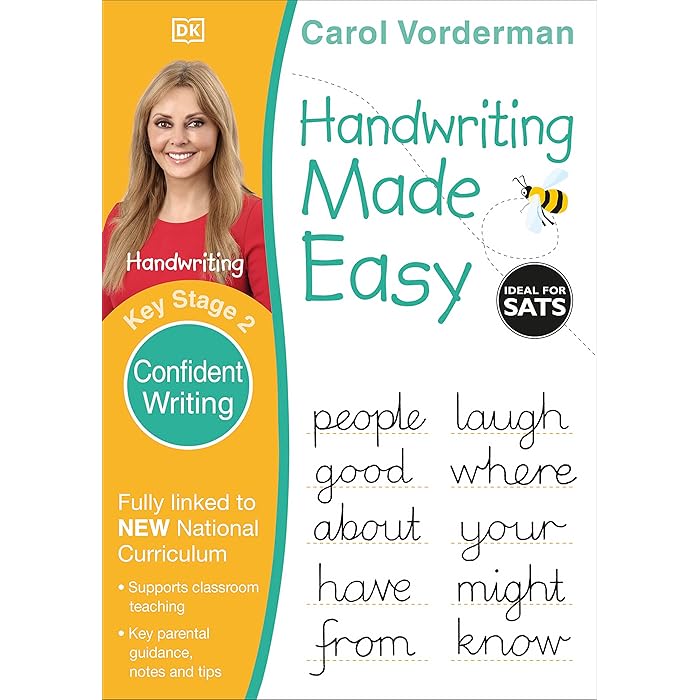


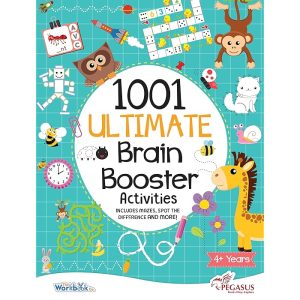





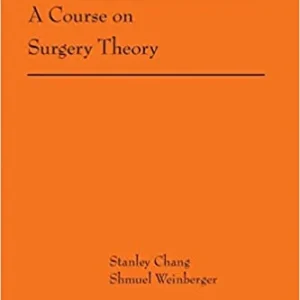






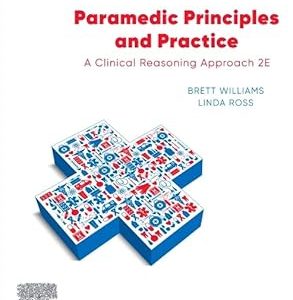
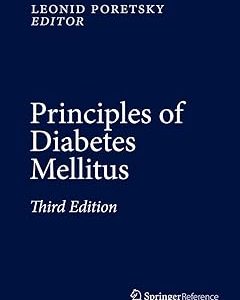


















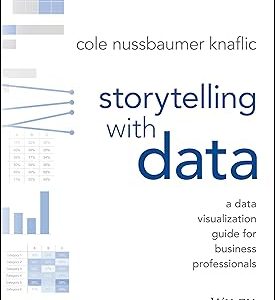


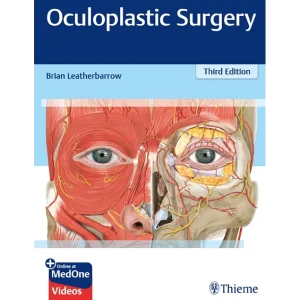

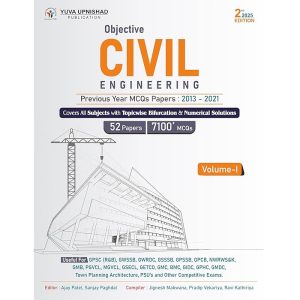











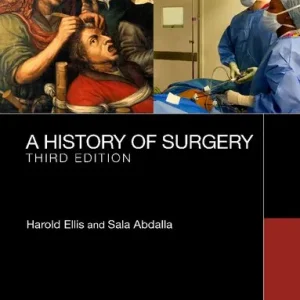








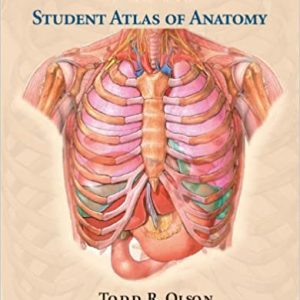




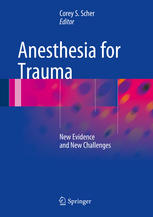

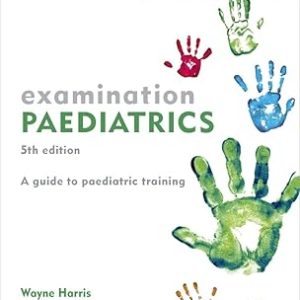

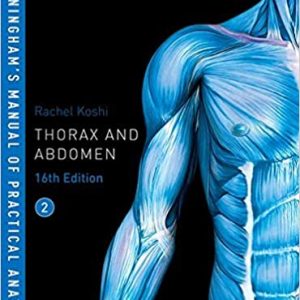




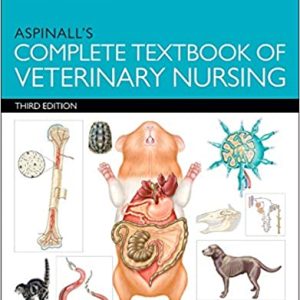







Reviews
There are no reviews yet.